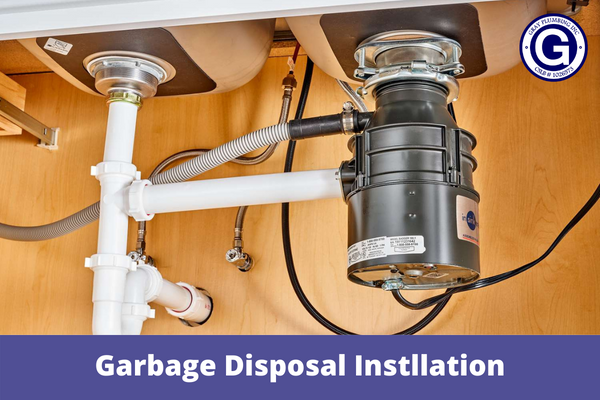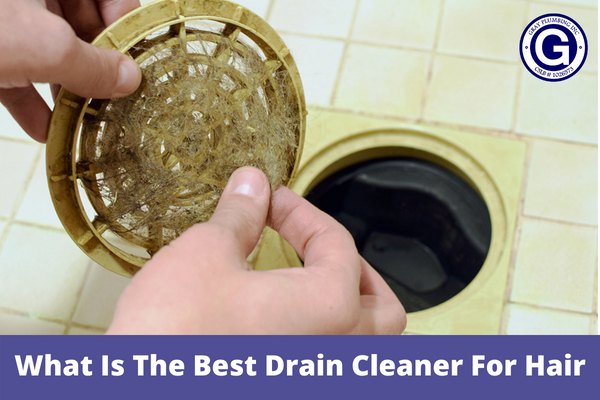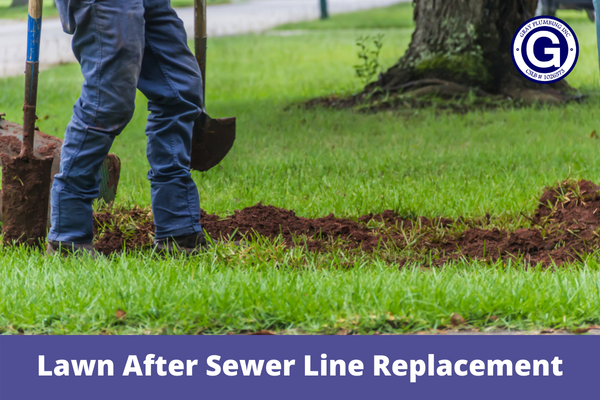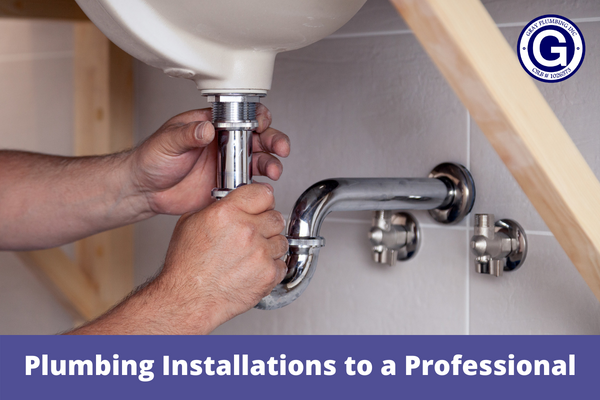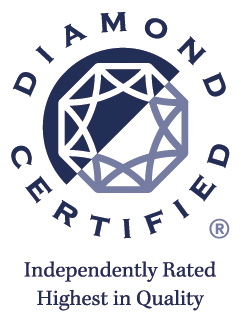Trenchless sewer repair is a technique for fixing damaged pipes without excavating your yard. It uses advanced pipelining and pipe-bursting techniques to solve problems that ordinary sewers can’t handle. It’s a much safer alternative to excavating and replacing an entire sewer line, which can be a costly and disruptive project for homeowners.
Trenchless Sewer Repair Advantages
- More accessible and quicker method of fixing your sewer pipes.
- Potentially lower costs.
- The lifespan of fixed pipes is 50 to 100 years.
- Less damaging to the environment than excavation.
- No digging is necessary.
What Makes Trenchless Sewer Repair Necessary?
You need trenchless sewer line repair when your line leaks from a crack or broken section that is out of reach.
Your sewer line may need to be repaired for a variety of reasons as it ages, including:
-
Sediment Accumulation
Sediment and other types of buildup can accumulate in PVC and metal pipes, resulting in a clog. If you put off cleaning the drain, the obstruction may cause a leak because of the added pressure it will put on the pipe’s material. Mineral deposits form more quickly under complex water conditions than in soft water conditions.
-
Settlement
The settling of dirt can cause pipe sections to come loose or, in some cases, sag. The proper flow of water (and waste) through the system is restricted when these “sags” form. A belly in a sewer line is what it is known as, and if it is severe, it might need to be fixed.
-
Corrosion
The term “corrosion” describes the process by which metal rusts. It happens naturally but more quickly when hot water and high water pressure are present.
What Is the Process for Trenchless Sewer Pipe Repair?
Trenchless sewer replacement can be accomplished in two ways: pipe bursting and pipe lining.
The pipe bursting approach involves inserting a missile-like device into one end of the sewer line. Its function is to move steadily forward, breaking apart your old pipe as it goes. A new, flexible sewer line is attached to the back of the device and immediately takes the place of the old line.
When you choose pipe lining (also known as trenchless sewer repair), your old pipe is not harmed or removed. An epoxy-coated sleeve is instead inserted into your existing sewage drain by a crew. The sleeve is then inflated and allowed to cure, resulting in the formation of a new pipe within the old one.
Final Thoughts
Trenchless sewer pipe repairs are only successful when the condition of the damaged pipeline is known. If it’s collapsed, back pitched, or improperly graded—repair methods won’t solve those problems. Trenchless sewer line replacement enables damaged pipes to be replaced with minimal inconvenience and without needing digging trenches.
Gray Plumbing has the expertise and tools necessary to deliver the outcomes you want in plumbing services. We’re the most experienced trenchless sewer repair company in the area, and we’ll have your problem fixed right away. We’re committed to providing quality customer service and delivering results that exceed expectations. Call us now!


